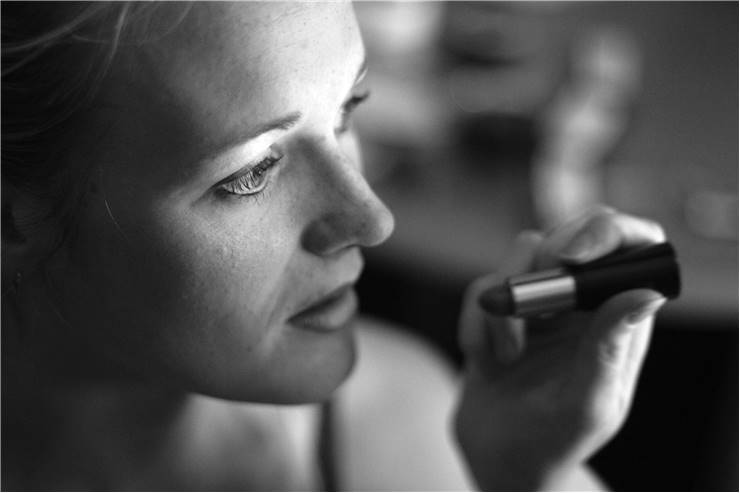History of Lipstick - Origins
Cosmetic product always fascinated human race with their ability to make us distinct, pretty and more confident. No matter how large fashion changes swings occurred during last few thousand years, some cosmetic products always managed to remain popular and in widespread use. Soaps, shampoos, eye liners, nail polishers, make up paints, and various medicinal and protective balms survived trough the rise and falls of many civilizations, but one cosmetic item managed to survive for a long time without widespread popularity, only to become one of the most important cosmetic items of a modern woman - Lipstick.
There is no way for us to determine who discovered first lipstick. It was with us from the prehistoric times when women and men used various potent fruit and plant juices to mark their faces in religious ceremonies or to make themselves more pretty for the opposite sex. Of course, very large reason for lipstick use was also for medicinal purposes, to protect our lips from natural elements such as dry wind, moisture and sun (lip tissue does not have melanin that protect us from UV rays).

As modern civilizations started to make rapid advances in technology and chemistry, first manmade lipstick appeared as a cosmetic tool for the wealthy women and men of ancient Mesopotamia, Indus Valley Region and Egypt. Egypt especially managed to advance the art of lipstick making, managing to produce bright red carmine lipstick that are made from cochineal insect pigments, which is a timeless technique that is in use even today. Those lipsticks were made from powdered and processed bodies of cochineal insects or purple extracts of seaweed, mixed with various oils and waxes. History book will forever remember various important Egyptian figures that were depicted in their hydrographic images with various cosmetic enhancements – Nefertiti’s black eyeliner or Cleopatra’s bright red lips.
History of the lipsticks tells us that European dark Middle Ages almost totally removed lipstick from the fashion. Harsh living conditions, constant wars, poor medicine, plagues, lack of food and many other factions led to the period of around 1000 years where very little or no advancements were made in arts, sciences and many areas of knowledge. In such environment, Church was the only constant presence in the mind of the Europeans, and church was responsible for maintaining fashion and common laws. Sadly, it was them who actively discouraged lipstick use, linking it to the Satan worshipers and cults. Because of that, only the female population of the lowest statue (prostitutes) continued to use lipstick on regular basis, with actors occasionally painting themselves in facial colors.
One of the most important moments in the lipstick history happened during the Islamic Golden Age when famous cosmetologist and chemist Abu al-Qasim al-Zahrawi managed to perfect his formula for solid lipsticks. These perfumed sticks represent the basis for all the modern lipstick that can be found in any fashion shop.
Several centuries later, lipstick returned to the popular fashion during the reign of English Queen Elizabeth I (1558 - 1603), but only for a short while. It was only in late 19th century when industrial advancements enabled French cosmetologist to start producing lipsticks for commercial sales. From that point, lipsticks slowly become more and more popular. New inventions enabled their packaging to get the form we known today (swivel-up tube), new types (sparkle, gloss), introduction of lip gloss, no smear formulas, new colors, and last but not least, very famous introduction of flavored “Lip Smackers” in 1973.
Today lipsticks are considered to be one of the most popular and cheapest ways for females to showcase their femininity and beauty.
